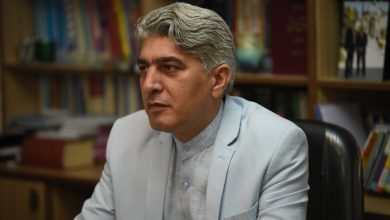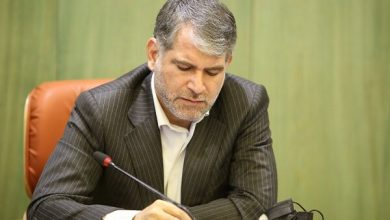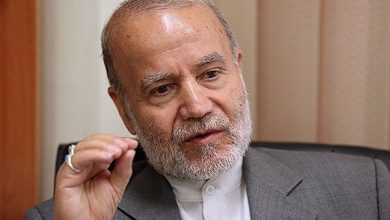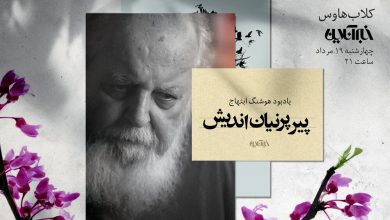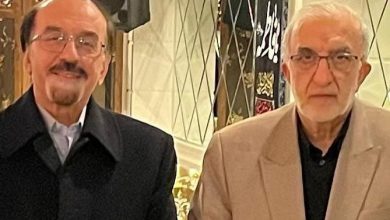Like his other works, Mehdi Rahmani directed his fourth film based on a joint script with a freelance writer, this time co-written by an Arab prince.
A scenario that emerges from the bitter social reality. These people have difficulty swallowing the medication or transferring it through the body packs. If they survive, they will bring in big money. Unfortunately, this kind of news and real stats about people are always overlooked in front of the trivial and fake news, while the filmmakers treat it on the basis of personal concern.
Of course, if this news is published in real form, people and officials will respond sensitively to invisible pressures from society and think of solutions. But perhaps this sensitivity is not interesting to anyone who receives the leaked news, but the videos created from it are prepared for scrutiny, censorship and removal.
That’s why “Flight Card” was made for no reason and entered the Fajr Film Festival in 2015. This movie was only met with pretend bitterness and real social content, so two years later, in 2018, it was featured in the Old Art and Experience film set.
The film directors of the time probably thought to themselves; With this clever solution he destroyed poison, bitterness, and the effect of the film. Little did they know that the actual numbers presented in the film’s final credits had grown exponentially in those two years. This familiar behavior is an example of the clever act on this earth known as “removing the problem”!
Flight Card begins with the character Nada (Nada Gebraily). A single mother spends a happy day with her little one before going on a trip, and in this opening sequence, her love and responsibility as a young mother is vividly documented and a friend.
Now, in a classic way, we have to announce this beautiful frame distortion that hits the audience in the next sequence. Nada is placed in an unusual place in a nylon wall hedge, which lends an exotic, cold and mysterious atmosphere to the place, in a greenhouse, which is usually a beautiful, fun and emotional place, in a self-compelled setting.
Although the greenhouse site is used in Iranian and foreign films for scenes of murder, conflict, bloodshed, etc., Mehdi Rahmani’s reading of the site as a writer and director must be included among the unique and unforgettable examples of photography. . Especially because of the kind of Ned presence that creates an interesting drama.
A desperate mother must pay from under the rock to support her child and obtain financial resources. But the stone in his hand could not match his slender shoulders. But the motive of the woman who sacrificed her body in a unique way to prove her motherhood through drug smuggling prevails.
From this sequence, the film introduces the character of Mansour (Mansoor Shahbaji) into the story, who has his own sub-story and with this basic solution, trying to earn money to join his love, and this motive changes. time
A linear process with a single time limit day and night, in which Nida and Mansour must access mutual empathy and human connection, is a wonderful and challenging way to develop that feeling through encounters that branch off from the main line.
Because usually, when it comes to the company of men and women, our educated minds turn toward a romantic emotional orientation, which is based on the stereotypical approach, the expectation, and the practice of the audience. The film goes beyond the psychological background of the audience and reaches a new level of human relations, which means not only sexual feelings, the path to beauty is designed in the film.
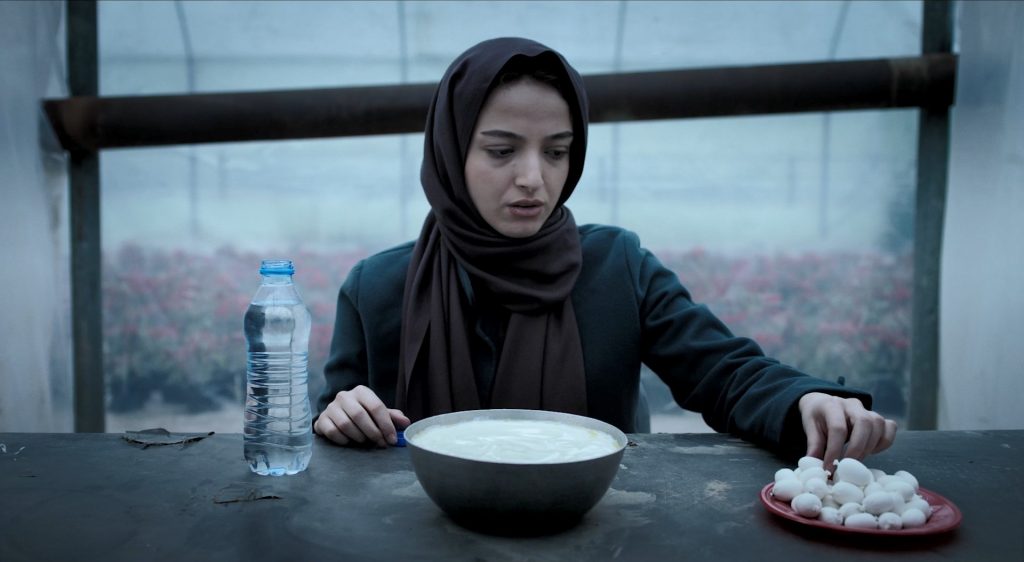
It is day and night. From the scene at the airport where Neda’s body is exposed to the possibility of a substance leak, Rebekah Mansour begins to fear that they will both be exposed, but in the future, Neda’s inevitability as a woman – Ama and hand-to-hand combat. It gives him a tangible and reasonable sense of survival.
Perhaps Mansour’s character can be considered subject to change and transformation compared to Nida, because Nida is a supernatural translation of a mother who wants to be the leader of her child’s life and move in the same direction until the last stage.
But Mansour undergoes gradual changes through this nightly companionship and encounters with characters and side stories. In this way he exposes himself to the danger of Nida who eventually reconsiders his decision and challenges his mission and his goods.
With its progressive linear drama and highly suspicious flight storyline, Flight Ticket took advantage of the short presence of the supporting characters, and was adequately handled, each of which helped advance the story or complete the character’s puzzle. Nada and Mansour. Characters that remain in the public’s mind with famous faces transcend their limited presence.
From Muhammad Ali al-Najafi to Asghar Rafi Zam, they left behind the experience of directing and filming and are the film’s multi-layered and unpredictable characters. Her presence is a kind of tribute to the stereotype of the granny-needed Nida in a time of crisis and loneliness, Tala Mtdadadi who plays an unconventional and interesting role.
Mehdi Rahmani makes the final point in the movie “Flight Ticket”, where it is gradually confirmed to the audience and makes the emotional pressures that the film controls in the face of this disaster more prominent and effective.
But more bitter than the end is the last title that disarms the viewer and delivers the final blow at the point of confrontation with him, plunging him into the world of the film and striking at the heart of the tragedy taking place in society.
* Published in Namava newspaper
